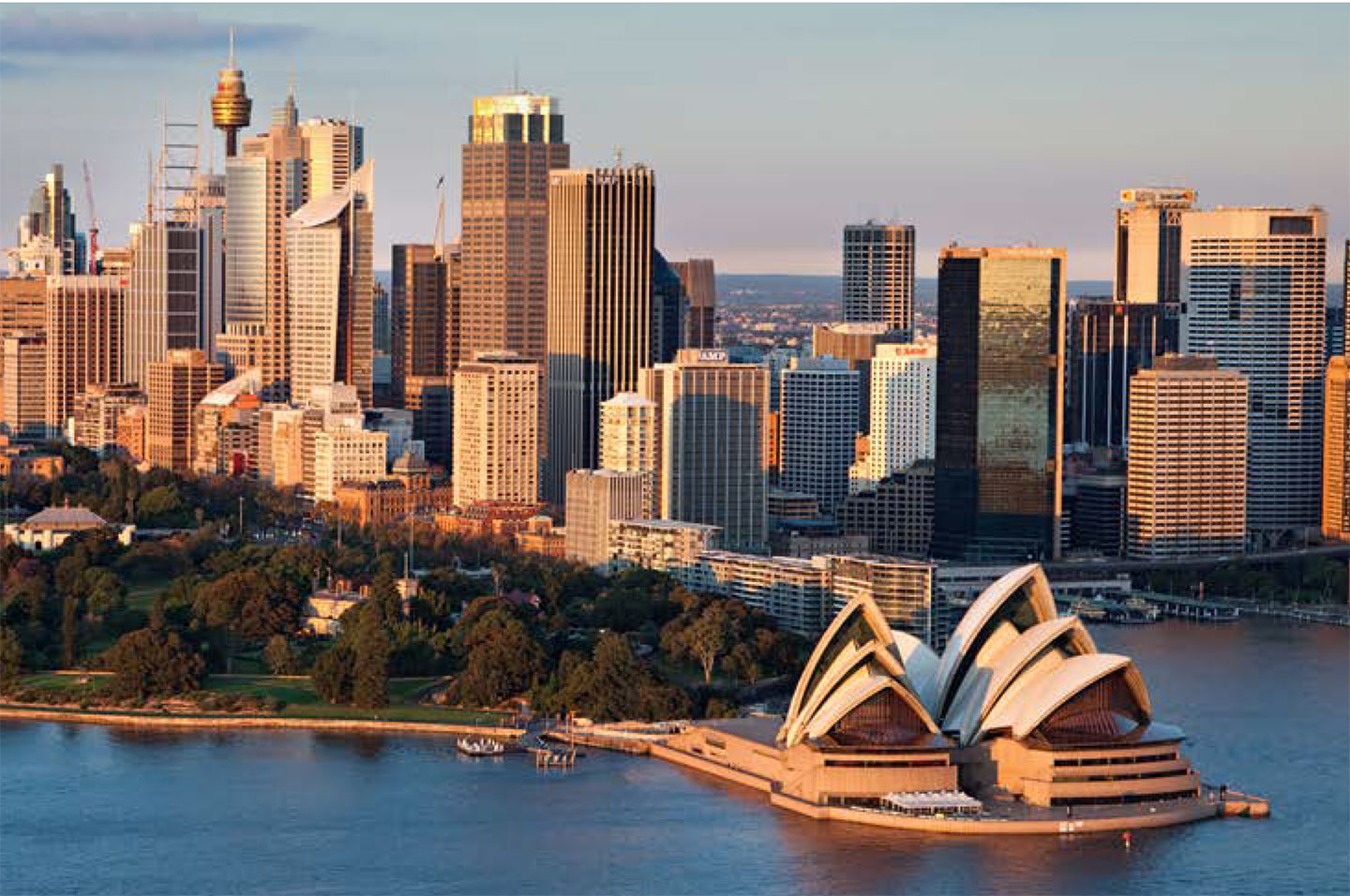Circular design guidelines for the built environment

-
-
- About clean technology innovation
- CSIRO Data Clearing House
- Clean technology innovation grants
- Ecosystem grants FAQs
- Hysata’s electrolyser technology puts Australia at the forefront of the green energy revolution
- The Melt’s hardware accelerator and pilot enabler programs
- The product development lifecycle
- UoW Clean Energy Living Laboratory is set to be Australia's first mixed-use, precinct-based microgrid
- Business equipment upgrades
- Low emissions specifications
- NSW skills for net zero
- Research, development and commercialisation infrastructure grants
- Industrial decarbonisation plans for the Hunter and Illawarra
-
- EV public charging master plan
-
- Destination charging grants FAQs
- Electric vehicle destinations charging grants: previous round information
- Eligible EV charger and software list
- Future proofing business: motel's EV success
- How hosting an EV charger can benefit your business
- How to make your town a preferred charging stop for EV drivers
- Mingara Recreation Club
- Net zero buildings
- Pumped hydro grants
-
-
-
- Battery storage guide
- Circular design guidelines for the built environment
- Compressed air guide
- Electricity metering and monitoring guide
- Energy efficient lighting guide
- Gas measurement and monitoring guide
- HVAC guide
- Industrial refrigeration guide
- Net Zero Business Guide
- Renewable energy guides for farmers
- Voltage optimisation guide
-
- NSW innovation that is wow
- Grant’s business got a head start with new energy efficient refrigerators
- AGL steering towards an electric future
- Advancing hydrogen storage technology
- An holistic approach to sustainability
- Collaboration is key to Port Authority’s prize-winning plan for net zero
- Driving sustainability: how STARTTS is transitioning to an EV fleet
- High impact partnership
- Second life solar
- TAFE NSW leads the charge on electric fleets
- Port of Newcastle fleet heading all electric
- Tridon Australia cutting manufacturing energy costs
21 February 2023
Circular design means using materials efficiently and keeping products and materials in use for as long as possible.
Circular design minimises waste and reduces carbon emissions.
These Guidelines encourage and equip government and industry to adopt smart, innovative and sustainable strategies to:
- reduce embodied carbon
- minimise the generation of waste
- improve materials efficiency
- increase the circularity of materials used in projects.
The Guidelines present a whole-of-system approach for implementing circular design strategies throughout all phases of built environment projects.
The Guidelines are relevant to building, precinct and infrastructure projects of all types, sizes, and locations. A circular design approach can be tailored to respond to the needs and characteristics of each project.
Download the Circular design guidelines for the built environment.